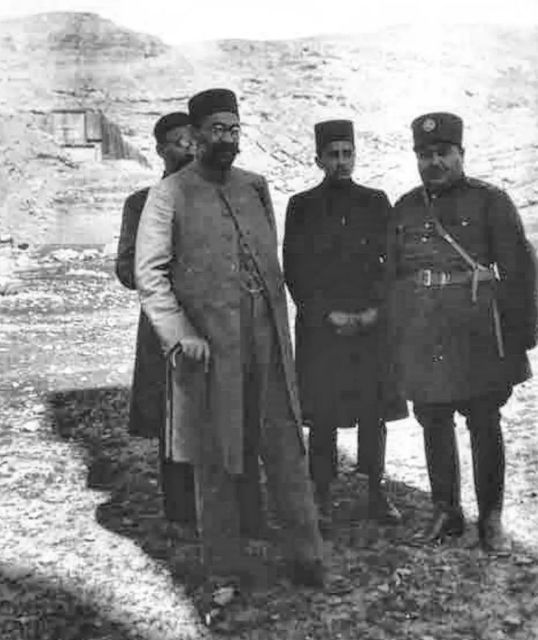 This change left powerful premiers to take on the role of government chief executive—for example, Robert Walpole (1721–42), who is generally considered Britain’s first prime minister, and William Pitt, the Younger (1783–1801; 1804–06). During their long tenures, the prime minister became the preeminent cabinet member, supervising and coordinating the work of every government department; other cabinet members were required to subscribe to the government’s official policy; and the prime minister was required to command a majority in the House of Commons—all characteristics shared by modern prime ministers.
This change left powerful premiers to take on the role of government chief executive—for example, Robert Walpole (1721–42), who is generally considered Britain’s first prime minister, and William Pitt, the Younger (1783–1801; 1804–06). During their long tenures, the prime minister became the preeminent cabinet member, supervising and coordinating the work of every government department; other cabinet members were required to subscribe to the government’s official policy; and the prime minister was required to command a majority in the House of Commons—all characteristics shared by modern prime ministers.
The collected essays of Mohammad Ali Foroughi not only present a portrait of the multifaceted and complex character of one of the most influential cultural, academic, and political figures of modern Iran, but also depict the cultural issues and political and social conditions of the country during the turbulent years of Foroughi’s cultural and political life—from the first Constitutional Assembly to the early years of the reign of the second Pahlavi. Mohammad Ali Foroughi was among the most brilliant figures of a generation of Iranian scholars, historians, men of letters, and researchers who emerged from the Constitutional Revolution. During the tumultuous years of that revolution, World War I, and throughout the two-decade reign of the first Pahlavi monarch, they published their works and were so rich and creative in their fields that, apart from perhaps one or two exceptions, no one in later generations managed to take their place.

